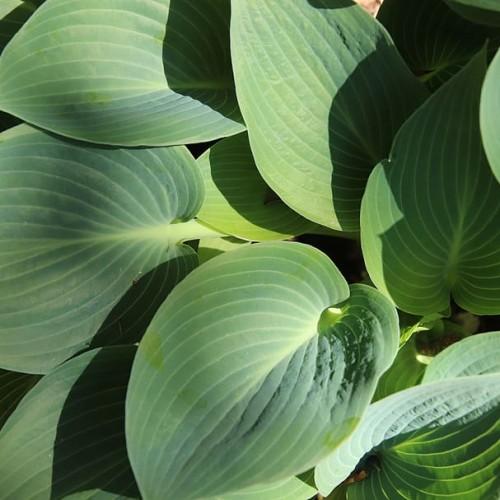
hosta
Hosta 'King James'
Cycle:
Herbaceous Perennial
Watering:
Average
Hardiness Zone:
3 - 8
Flowers:
Flowers
Sun:
Part shade,full shade
Leaf:
Yes
Growth Rate:
High
Maintenance:
Low
watering
Hosta 'King James' should be watered deeply and regularly during the growing season, from spring to summer. Water enough to keep the soil consistently moist but not overly saturated. You can water by soaking the soil once or twice a week, allowing the soil to dry between waterings. During the summer months, you may need to water more often due to the hot weather and increased evaporation from the soil. Mulching with organic material such as pine needles or bark can help keep the soil moist for a longer period of time. Make sure to avoid standing water, as this can lead to root rot. During the fall and winter months, reduce the frequency of watering to just once a week, to prevent the soil from becoming soggy.
sunlight
Hosta 'King James' is a shade-loving plant that requires moist, well-drained soil. It prefers partial sun or dappled shade, receiving 4-5 hours of direct sunlight for optimal growth and blooming. Too much direct or prolonged exposure to the sun can cause scorching and wilting of the leaves. On the other hand, too little sun can cause the plant to become leggy and sparse. To keep this plant healthy, aim to provide 4 to 5 hours of morning sun per day and limit afternoon exposure, keeping the plant in indirect light or shade during the most intense hours of the day.
pruning
Hosta 'King James' should be pruned once a year, usually in the springtime. Pruning should be light, with only removing of any dead or damaged foliage. Any excess seed pods should also be removed. Any weak, lanky stems should be trimmed back to their base to encourage bushier growth habits. Lastly, any parts of the plant that are growing in an undesired direction can be carefully pruned back to either the desired length or form. With pruning, less is more for Hosta 'King James', as too much pruning could cause the plant to lose some of its impact in the landscape.
